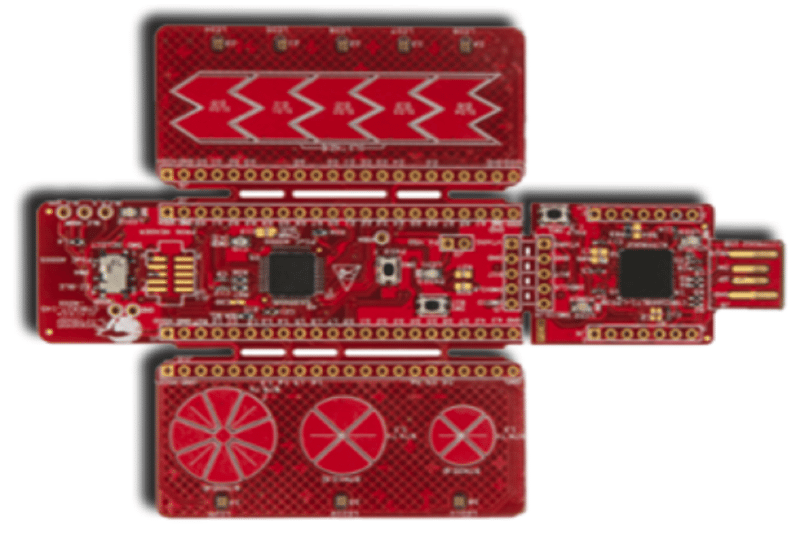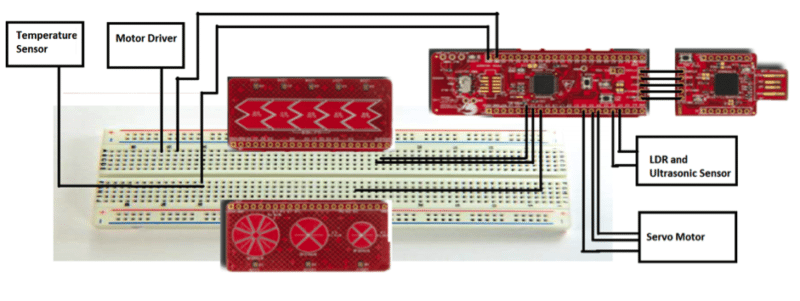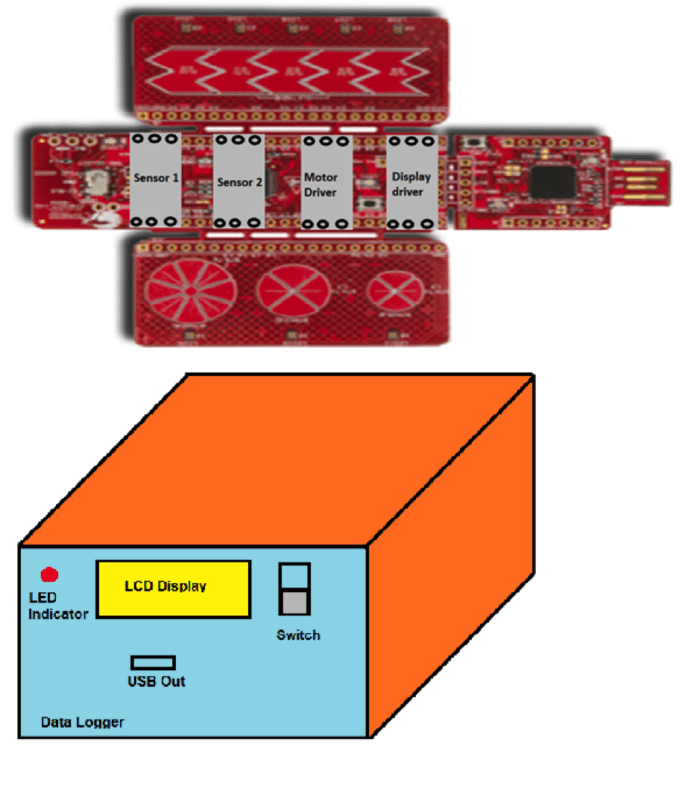There is no dearth of electronic hobbyists around the globe. There are many expert hobbyists working beyond the scope of imagination, increasing the demand of the knowledge base required. Development boards have come in handy for these professionals to work around with technology. Development boards which are also called Prototyping boards or to be more clean, Do-it-yourself (DIY) boards are easy to use plug and play type of boards which can be used by any adult individual with the understanding of electronics basics.
Working with the development environment
These boards don’t have complex components or subsystems but have simple plug and use type of systems which are easily programmable and can easily be integrated to multiple systems using any kind of DIYs using breadboards or Zero printed circuit boards (PCBs). A major audience in DIYs work on robotics based projects and consumer and industrial applications which involves ready to use sensors which can be simply plugged to the prototyping boards and sensor data can be transmitted and received at the other end using wireless protocols like Bluetooth Smart Low Energy (BLE), ZigBee, Wi-Fi and the like.
DIY based prototyping boards should not only have easy to use hardware but the software that is the IDE tool base application also counts. If the DIY involves programming to be done, then it is expected to be extremely user friendly interface with easy to understand APIs involving less efforts in coding. Nowadays people prefer using open source software and hardware. Any kind of restriction, be it in terms of paying some bits extra to get some features or for example not giving user access to some part of the core or kernel in program restricting one’s imagination or flow of thinking is certainly a detractor audience.
Features to consider in a development board
Now-a-days, development boards and prototyping kits have become the most famous source of marketing for a technology company due to its multiple benefits fitted for both the hobby as well as professional audiences. Development boards and their usage can be very broad right from implementing an algorithm which can be a million-dollar idea for a company to use its chipset or may be a very innovative idea thought by a hobbyist which one wants to implement using the platform.
A development platform which would be considered as an easy to use powerful as well as DIY system should be a plug and play type of system. DIY boards which involves multiple level of installations and driver configurations can confuse a hobbyist and can lead to throwing away the board or returning it back. From a hobbyist point of view one should always choose a simple system which can be directly plugged into the PC or any kind of power delivery and data source and start working on it.
Considering the I/O
Complex development boards though look very strong in terms of company portfolio and will certainly attract the professional audiences however if one is targeting even the other side of audience who enjoy electronics as hobby, it would certainly be not a good choice. A development board meant for hobbyists are simple, with minimal components and all the input output (IO) pins exposed on the header like application which will be directly plug in to the breadboards so that one can easily interface various systems together in a breadboard or by soldering a header.
One can solder the IOs into the board and connect it to the breadboard. This can then even be interfaced to different analogue sensors and various other interfaces. So, in a way a hobbyist would just need to worry about the idea. Rest things are already taken care of with one requiring least of the knowledge of board.


Software is important too
Software complexity is an important factor which one needs to seek to get full benefits of the prototyping kit one has bought. Consider a very high end Linux kernel configuration based embedded board which is bought mistakenly by a hobbyist looking at its beautifully designed complex board. When one connects it to the PC and opens the user manual one would get completely lost into a different world which one would not have even imagined. This would tend the hobbyist to simply keep that kit aside.
Let us take up another scenario where a hobbyist buys a simple board and connects it to a PC. One downloads the programming software and opens up lots of design examples, application notes which involves use of few APIs to cater the successful completion of one’s project. The first scenario boards are not expected to be bought by hobbyists at first attempt as they would not make much benefit out of it, however the second scenario would be considered a best buy as it would not only generate confidence in the designer but also allow one to use the hardware with full independence.
Points to remember while designing the board
Apart from this since the boards are low cost damage to the board would also not give pain compared to 50-100$ boards. Basically, some points to remember with development boards would be,
1) The board should be easily configurable with full feasibility. All the IOs should be provided exclusively giving designer full freedom to design.
2) Prototyping boards should cater to not only wired protocol compatibility but also the wireless ones. Addition of a wireless technology like Bluetooth on these boards are an add-on help which would increase the scope of designer to innovate ideas beyond the scope
3) Finally, the cost of the kit also matters for a hobbyist application. As a hobbyist one would not want to buy a costly piece for fun. This poses challenge for the board designers to introspect on what bare minimum is required to make it as lower cost as possible.
Apart from this if one wants to showcase some extra features one can provide those features or chipset as no load components which would help developers to simply solder the chip whenever required making their life easier by disabling them to wire another set of boards. These boards should be easy to carry in day to day life showcasing and display. Bulky boards often become difficult to carry for any exhibitions or display events.
Converting DIYs into applicable products
Simply making a hobby project is fun but the project to implementation gives it some credit. All ideas are precious and if converted into product could also give some fair amount which can then be used in another project. Now that the project was successfully made using a prototyping board, converting it into a usable product one would require it to be converted into PCB based system rather than wired systems.
Generally, hobbyists would not be interested in PCB designing. In that case, they can use the prototyping boards and convert into daughter boards making the design wire free. Now that wires are out of picture to convert it into a product one would require to buy enclosures, switch, indicator LEDs, some bare minimum mechanical components like screws and washers after which the board is ready to be used as a product.







